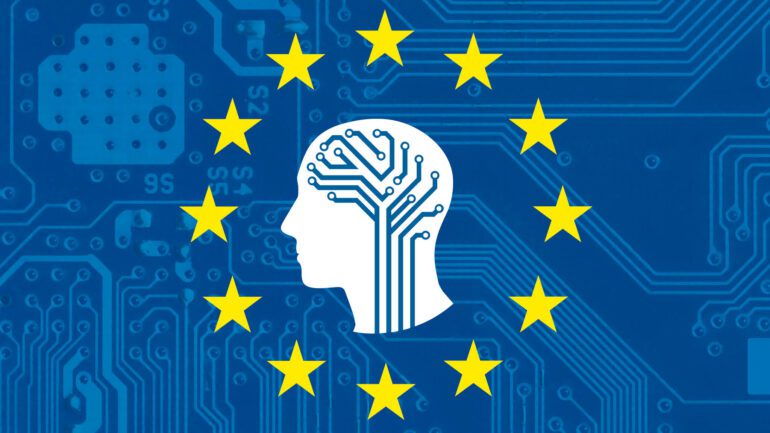TL;DR:
- The European Union has launched four permanent AI ‘crash test’ centers to ensure the safety and reliability of new AI innovations before they enter the market.
- The centers, both virtual and physical, will provide technology providers with real-life testing environments in manufacturing, healthcare, agriculture, food, and cities.
- Innovators can use these facilities to test and validate their AI applications, promoting trustworthy artificial intelligence.
- The centers aim to address risks associated with AI, such as disinformation and will complement existing regulations like the EU’s AI Act.
- Inspired by the crash test system for cars, these facilities act as a “safety filter” between technology providers and users while informing public policy discussions.
Main AI News:
In a bid to ensure the safety and reliability of new artificial intelligence (AI) advancements before they enter the market, the European Union (EU) is introducing a series of “crash test” systems. These innovative systems, comprising four permanent testing and experimental facilities, aim to create a secure environment for testing AI technologies.
With a substantial investment of €220 million ($240 million), the trade bloc unveiled these state-of-the-art centers across Europe. Bridging the virtual and physical realms, these facilities will provide technology providers with real-life settings in various sectors such as manufacturing, healthcare, agriculture, food, and urban environments to test and refine their AI and robotics solutions.
Lucilla Sioli, the director for artificial intelligence and digital industry at the European Commission, emphasized the significance of bringing “trustworthy artificial intelligence” to the market. She explained that these cutting-edge facilities would enable innovators to validate and assess the reliability of their AI applications, ensuring they meet stringent safety standards. Sioli also highlighted the pressing issue of disinformation associated with AI, emphasizing the need to address this risk.
The European crash test system for new cars inspired the creation of these facilities. The Technical University of Denmark, which will lead one of the centers, described them as a digital adaptation of the renowned crash test system. Acting as a vital “safety filter” between technology providers and European users, these facilities will not only enhance consumer protection but also contribute valuable insights to public policy discussions.
Conclusion:
The establishment of Europe’s AI ‘crash test’ centers represents a significant step towards ensuring the safety, reliability, and trustworthiness of AI technologies. By providing dedicated spaces for testing and validation, these facilities enable innovators to deliver responsible AI solutions to the market. The focus on addressing risks like disinformation demonstrates Europe’s commitment to safeguarding users and promoting the widespread adoption of trustworthy AI. The centers not only enhance consumer protection but also contribute valuable insights to shape effective public policy in the realm of artificial intelligence.

